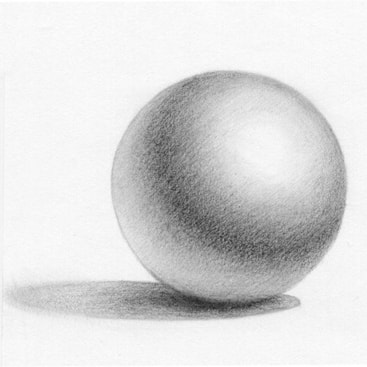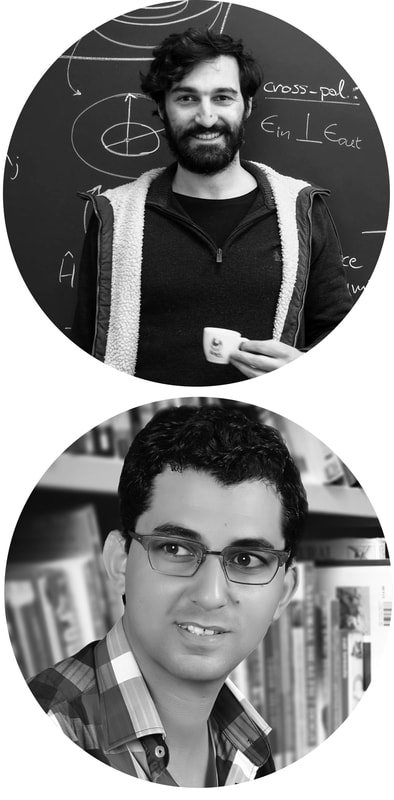|
Stefanos
In his blog entry from last week, Diaa touches upon the issue of directionality in the exchange between art and science. Apart from providing inspiration for artists, science often entails procedures that generate data that can be visualized (or sonified) artistically. These procedures are frequently used as tools for generating art. This has the potential of advancing both artistic methodology and science popularization (although, as Yana insightfully points out in her blog entry, it can also lead to inadvertent caricaturing). Like Diaa, I am interested in science that has art as its input. Can the scientific study of art reveal hitherto unknown elements of art and its creation, and perhaps even elements of the nature of human creativity? I think this is an important question to ask. Below I discuss a few inquiries I found in the scientific literature that I think are relevant. Perhaps one of the most famous examples of modern science applied to art was the discovery of fractals in paintings by Jackson Pollock. I find this case important, because it was of practical consequence: quantitative analysis using methods of physics was used to correctly distinguish between original Pollock pieces and fakes. Quantitative studies are often focused on large-scale categorization of art. Very recent work has used the notions of entropy (in its information-theoretic sense) and statistical complexity to categorize visual art and to extract trends in its evolution throughout history. Visual art also offers an important benchmark for computer vision. Methods from machine learning can be successful in style recognition and style transfer, and can even generate some pretty good abstract expressionism. Despite these successes, extracting meaningful context out of text or images is still a great open challenge in artificial intelligence. What else can we learn by analyzing an art piece with scientifically rigorous procedures, apart from what style it is, in which period it was created, how complex its structure is, or whether computers can adopt and recreate its style? Like the fractal dimension of Pollock’s works, could it be that there are “hidden” dimensions in other artists’ works that we have not appreciated yet? Can the discovery of these dimensions teach us something we did not know about their process or their motives? I think it is very intriguing to explore art in this way. One can only imagine what structures may be laying undetected in masterpieces, cunningly and purposefully (or accidentally!) hidden there by the creators.
Diaa
In our second week, I would like to shed light on a very basic level and illustrate how scientific procedures interact with artistic creation processes. In fact scientific thinking in visual arts have very long historical roots, in which artists deeply contributed to generate knowledge. Leonardo Da Vinci, for instance, emphasized the corpuscles as a unit of light before Newton by 200 years. Light as an element in visual arts has passed several phases to be treated by artists’ styles and skills. However, one of the most important significant shifts regarding using light was implemented by Impressionists in their first attempt to literally apply the Newton's light law. They only used the original seven color bands of the light spectrum separately without any level of mixing in order to figure out our colored vision consisted of those seven bands. When Claude Menu painted rouen cathedral, he definitely had not intention to draw the cathedral itself, rather, he was looking for monitoring the light’s waves changes through the daily hours and how these changes affect our visual perception. Indeed his attempts were artistic practices-based research! Not just paintings! Although this considerable shift, the final work still limited on the canvas. What happened in the New-Media Arts is leaving the illusion of reality and concentrates on the function of reality. By this shift artworks could be used to generate real investigations as they are built based real functions.
In this way, we transferred from illusion to the function and, therefore, this transition has lead to paradigm conceptual, technical, and aesthetic shifts.
In fact, I am not talking about the history of light usage in visual arts, but i am taking it just as an example to show how the artistic creation processes converted from skills of illusion to skills of building reality, from mimicking the visual appearance to mimicking the real function of the object. Within this context, the artwork became as a mixer that combines several disciplines to reinterpret them in a unified setup in order to generate new generation of knowledge based real experience, in which audiences are a part of it.
0 Comments
Leave a Reply. |



